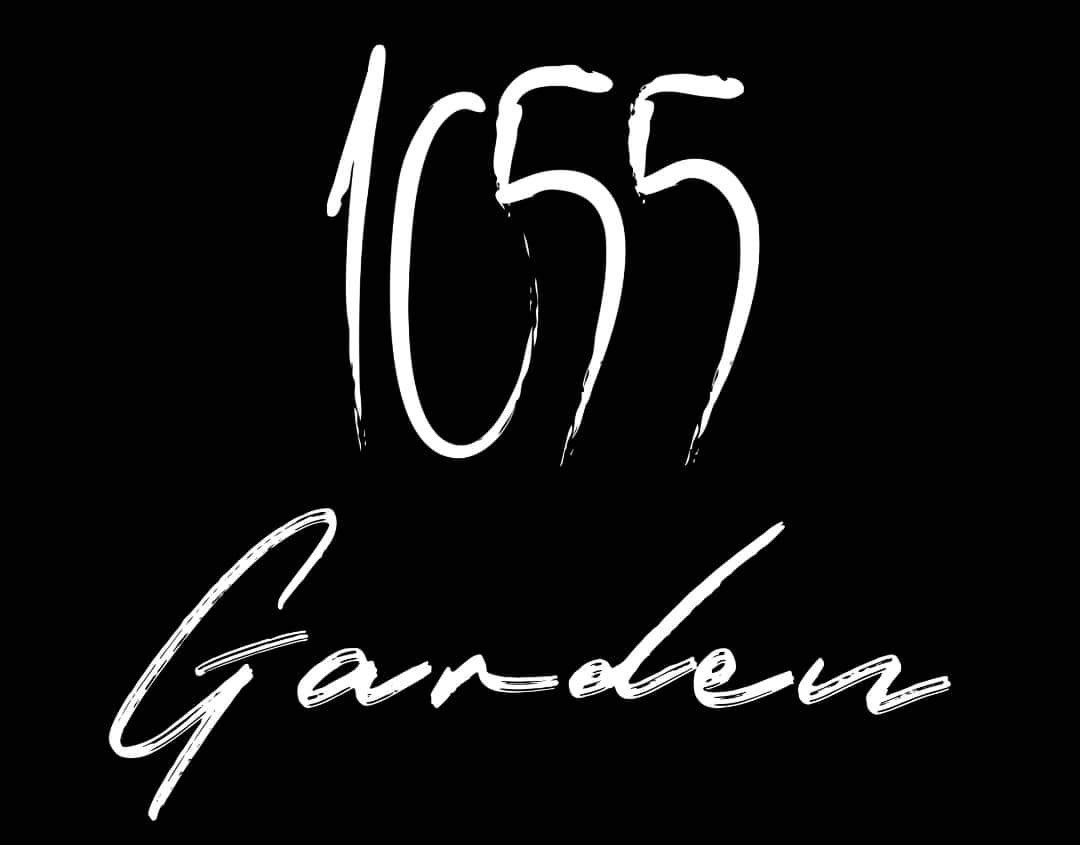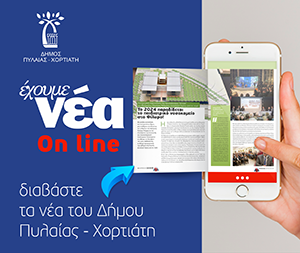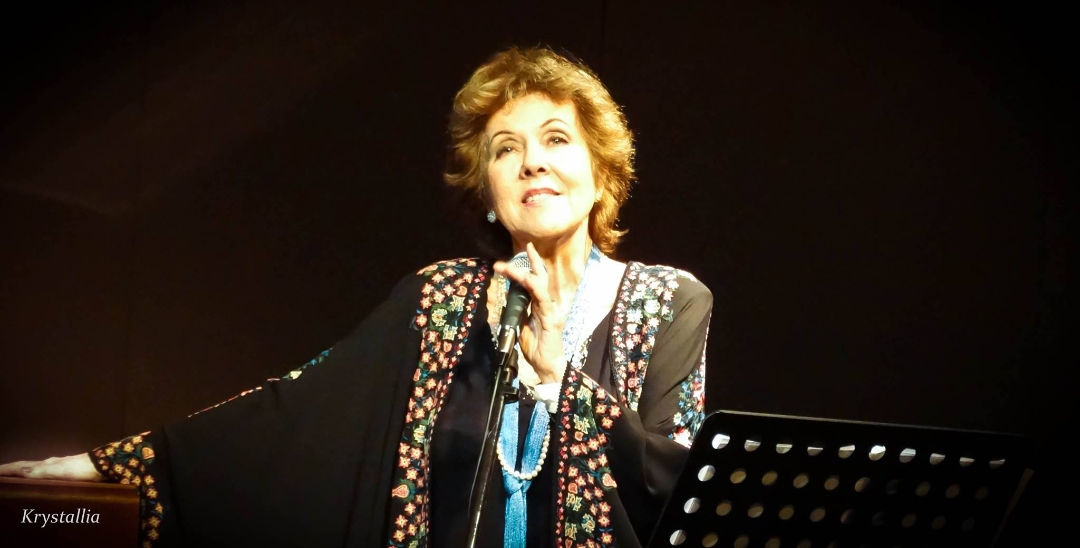Επιμέλεια: Εύα Πετροπούλου Λιανού
Mr. Poet Euisu Byeon (卞義洙) is a Korean poet. He published his first poetry book, “The Distant City of Memories,” in 1991. In February 1996, he began his official career as a poet with the publication of his works in “Modern Poetry Studies.” Since then, he has been a leading figure in unconscious symbolism, with his second poetry book, “When the Moon Rises, Trees Have an Arched Chest,” published in 2002, and his subsequent work on unconscious symbolism. He published his third book of poetry, a collection of long poems titled “The Symbolism of the Unconscious: Nature, Spirits, and Symbols,” in 2008, followed by his fourth poetry book, “The Parrot in the Black Sun,” as well as his first book of literary criticism, “Waiting for a Flock of Fantasies: The Symbolism of the Unconscious.” He has also written a collection of essays on symbolism and symbols, titled “Symbols and Symbols, Invasion and Resistance.” Since then, he has focused on “meta-semiotics,” an extension of unconscious symbolism. He published his second and third books of literary criticism, “Artists Called by God” and “Schizophrenia and Poets,” in 2009, as well as a book on art criticism titled “Understanding Seo Sang-hwan and Contemporary Art” in 2010. In 2013, he published “Seo Sang-hwan’s Art Symbols: Meeting Park Sang-ryong’s Novels and Byun Yi-soo’s Poems,” a book of art criticism. He also published “Convergence Studies: Symbolism” in two volumes in 2015, in which he presents “symbolism” as an independent emerging academic field. He led a joint poetry creation project in 2019 with Ju Won-ik, Kang Seo-yeon, Park Yi-young, Seo Sang-hwan, and Lee Chae-hyun, among others. In 2021, he founded and served as editor for the poetry magazine “Symbology Institute.”
Poetry Critique
Experimental Work and the Significance
of Poet Byeong-Cheol Kang’s Thematic Approach
– From The Sound of the Bamboo Forest Byeon, Euisu (poet, publisher and editor of the Symbology Institute.
We want to see something new every day. We want to encounter new works. Even when writing poetry, I try to explore different forms after every five poems. This ensures there’s variety in the content. Like everyone else, I’m interested in newcomers because we crave new possibilities. When I come across such a newcomer or poet, I go out of my way to discover them. The same holds true for the Symbology Institute. We strive to find and introduce good works by new and unfamiliar poets rather than frequently publishing existing poems and poets in familiar forms.
Poet Byeong-Cheol Kang’s poetry represent a form we haven’t attempted before. He made his debut as a novelist in 1993 through the Jeju Writers’ Association’s ‘Jeju New Writer’s Literature Award’ and appeared in Poetry in 2016 through “Poetry Literature”, but his works have mainly been published in foreign publications rather than in Korea. In 2023, Kang published a collection of his poems in English and Korean, titled “Sounds of the Bamboo Forest”, which includes works published in overseas media. It was through this collection that I came to know his works in detail. His poems in this collection are based on the Buddhist ‘Yuma Sutra’ and explore maxims, aphorisms, and life wisdom.
To achieve novelty is to have a new star appear and shine in the night sky, which is what any poet or writer would desire. Experimentation for novelty can be seen in terms of both content and form. If both are new, that’s great, but achieving one or the other is rewarding enough as a poet. Usually, however, experimentation is approached from the perspective of form or technique rather than from the perspective of deepening thematic content or introducing new ideas.
The subject of a poem can be anything in the human world. However, it’s not easy for a poet or an artist to reach or surpass the level of inquiry that scholars and philosophers specialize in, and to translate such perceptions and knowledge into aesthetic works through poetry. Poets can only attempt to imitate them. The novelty in poetry then challenges the format rather than deepening or refreshing the subject matter.
This is where Byeong-Cheol Kang’s poetry is special: his novelty lies in the choice of content, not form. Poetry doesn’t find its value or significance in presenting intellectual recognition or enlightenment. Rather, the matter of such recognition lies on the other side of the poetry. The tendency of poetic experiments to focus on form rather than content is not unrelated to this problem.
Dr. Kang’s poetry presents a type of poetic aesthetic that hasn’t been seen in poetry literature until now: the poetry of the spirit world. It deals with themes and contents related to ontological and ethical aspects. Works with such content tend to focus on epistemological ‘isms’ or declarative assertions, similar to the poems of past spiritualists or social pragmatists, and thus fail to enter the realm of poetry aesthetics, remaining limited to the ‘enlightenment’ of ideology or wisdom presentation. This presents a challenge for content experimentation.
The challenge is to unite ‘the cognitive’ with ‘the emotional’. It must be accompanied by the phonological aesthetics and the beauty of concise connotation required by the art of poetry, and the finesse of the device called metaphor, which is common to all poetry and art. The former two are the most basic of poetic aesthetics and are within the reach of any long-term practitioner. The most difficult is metaphor.
For knowledge or wisdom of an academic, epistemological nature to be transformed into the world of art, it must go through metaphor, which is difficult to realize due to its nature. That’s why experimental works that deepen or change such themes are rare. However, the poet Byeong-Cheol Kang merges the awareness of ontological thought with emotional rhyme and metaphor. Again, for epistemological knowledge or realization to become poetry, it must first be transformed into the world of metaphor.
No matter how strong the wind blows,
The verdant forest does not collapse.
When the wind passes by,
The green forest regains its graceful appearance,
Inspiring admiration.
“Sounds of Bamboo Forest” par
‘The forest isn’t falling.’ It’s not a stacked structure. The “forest” is a metaphor for ‘self’ or ‘fulfillment’, meaning ‘the self is indestructible’. “No matter how strong the wind blows,” the ‘self’ “regains its graceful appearance” when the wind passes. In such a “bamboo forest,” the ‘self’ is ‘inspired and admired’. In the first stanza, the self-metaphorized by the forest and the forest metaphorized by the self-form the work, supported by the rhythmic flow of the poem’s sentences and the concise implications.
Keep your eyes forward and walk
(medium)
If you deeply love the past
And seek divine revelations from it
Then it’s okay to stay there
But if not, then live in this dynamic moment.
“The Reason why eyes are only in the front”. part
These lines are metaphors conveying a message of striving forward. What makes this enlightening exhortation impactful, rather than repulsive, is its connection to ‘this dynamic moment’. Furthermore, in the next stanza, it is metaphorized again as “The leaves of a silver fir tree, sparkling in the sunlight”, depicting the self ‘walking’ as “The silver fir tree” that “shows its back “. Metaphor is myth, leading to the world of magic and dreams.
“Letter to Son” is, as the title suggests, a letter written in the form of poetry by the poet. This is possible when a poet has the freedom to use metaphors. A poet should be able to turn any type of writing into poetry, utilizing metaphors. In other words, a poet must excel in using metaphors.
The significance of 「Letter to son」 is this. It becomes a poem even though it talks about a strictly existential relationship, because it compares reality to a “deserted island.” The poet transformed this one letter into a poem by the single poem word, “Desert Island.” Let’s look at another work.
Life is like a river flowing towards the sea,
A journey that’s unique for you and me,
But with resilience and courage, we’ll make it through,
And discover the beauty that life has in store anew.
Life is like a canvas with many colors to paint,
(medium)
Crossing the bridge, we journey together,
Helping each other through stormy weather,
We lighten the burden and guide the way,
Transforming challenges into opportunities
“Journey of life” part
This poem metaphorizes the “Journey of life” as “a river flowing” and reflects it to “a canvas with many colors to paint”. It seems to admonish us that “Complaining won’t get us anywhere” and that we should “learn” to be “grateful,” but it naturally substitutes these lives as the “Crossing the bridge” and “journey together”.
Fame and medals mean nothing,
Everything disappears as dust in the wind
(medium)
As a youngster you have no respect for the laws of nature
Everything is in a state of flux
Everything is getting old
You don’t listen to wise man
When you’re engaging in meaningless conversation,
When you engage in argument,
realize that you are disputing over something impermanent.
(medium)
Be happy
Be comfortable
Keep the peace
There is greatness there,
Enjoy the joy of life with wisdom
(medium)
May people be welcomed by people
Lotus Flower hopes to ripe fruits,
“Blooming Lotus Flower” part
The poet compares “fame and medals” to “dust” and the words of “wise men” to “the laws of nature”. He compares “meaningless conversation” and “argument” to “something impermanent”, and one’s love and respect for “people” is represented by the word “welcome” and metaphorized by the “Lotus Flower”. What makes the directive words of enlightenment such as “Fame and medals mean nothing” and “Be happy/ Be comfortable/ Keep the peace/ There is greatness there, / Enjoy the joy of life with wisdom” such deep reflection is because the use of various metaphors, such as the aforementioned analogies and vicarious metaphors, throughout the poem, which leads the whole into the illusion of a flower garden of thought.
Trying to realize beauty through the form of beauty is the general creative attitude of poets and the approach of new experiments. On the other hand, the attempt to show new beauty through the content of beauty is the creative attitude of the very unusual and special world. In ontology, there have been efforts to strengthen ontology through the form of existence, but it is rare to see an attempt to deal with existence itself in ontology. Until now, philosophical ontological thinking and thinking about humans and the environment have been dominated by semiotic and epistemological approaches and thinking, not content, even scientific approaches. This is because discussing human beings themselves may be more reckless than exploring or traveling to alien planets.
Religion explores the self and talks about God. In the world of science, scholarship, and the arts, however, God is always the problem at the starting line. It is quite unusual, but somehow necessary, for poetry to address issues such as knowledge of the self, practical enlightenment wisdom, and ethical maxims such as guidelines and codes for living, which have been considered objects of epistemological and semiotic inquiry. Just as it is not the Tao, the moment we speak of the Tao, the moment we speak of the self, the self is the other. The out-of-body occurs. Being may never be able to speak of being. But should we only deal with the world of form?
Byeong-Cheol Kang’s metaphorization of challenging reflections on humanity and existence is a very unusual and extraordinary field of poetry creation attitude. As someone has to take the initiative, Byung- Cheol Kang is doing it. Rather than skepticizing his work, we should give him unlimited encouragement and support. Even if it looks like trying to roll up a huge mountain.
However, as this article demonstrates, his poems are masterful at translating issues of perception and wisdom into the world of metaphor. This fact is important. He knows how to elevate the problems of existence and ethics to the art of poetry. Now it needs a generalization of the constant repetition, which of course is possible. It will happen sooner or later, because it is an attribute and phenomenon of nature. It is also the “natural law” that Byeong-Cheol Kang talks about in “Blooming Lotus Flower”. May the “lotus flower” of the new world “ripe fruits” as the poet puts it.



































